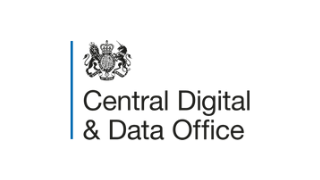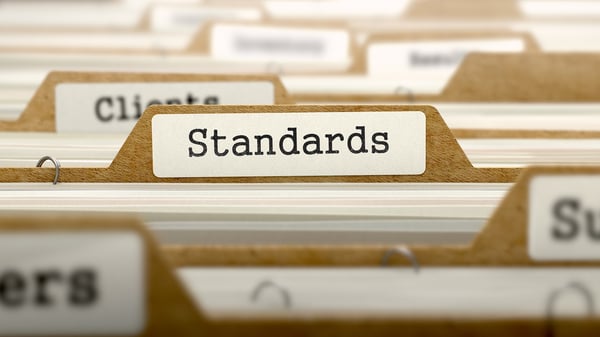What does good data look like in government?
Public sector organisations are seeking to use the vast amount of data they collect to make better decisions and improve the lives of citizens. But on the quest to achieve a more data-driven government, what does good data in government actually look like?

Kathleen Caper, Head of Data Maturity & Governance, Central Digital & Data Office at Cabinet Office (CDDO), unpicks this: “It is not necessarily about the quality of the data but the fitness of the data environment,” she says.
“Every organisation will have different pressures on their data environment so there’s not a one size fits all solution about what good data is in government.”
Adaptive data environment
Data needs to be good enough to deliver the outcomes it is being used for - but that is a constant journey rather than a moment, Caper explains. “A data environment needs to be able to change and adapt at pace so it’s always going to be a bit of a dance that we do.”
While there is not a singular solution to achieving good data, CDDO’s new Data Maturity Assessment, which launched in March, is one such tool that enables government teams to "better explore the space," Caper notes.
The Data Maturity Assessment (DMA) for Government is a self-assessment tool that enables organisations to measure and understand their ability to use data to achieve core business objectives. It looks at 97 specific areas organised around ten topics, including engaging with others, knowing the data you have, and managing and using data ethically. These are intersected with six themes: uses, data, leadership, culture, tools and skills.
The tool was developed by the Data Quality Hub at the Office for National Statistics over the last two years, and CDDO is expecting all departments to use the model to capture data maturity insights that can be put into action within the next twelve months. Following its launch, Permanent Secretaries, CIOs and CTOs from across government have committed their departments to completing a targeted assessment of a strategically important part of their organisation within the year
Caper reflects on what CDDO are hoping to achieve with the new initiative: “This first year we'll solve some of the big operational questions. Next year, we can start nailing down controls, incentives and what ‘business as usual’ looks like.”
She adds that the data maturity tool, which enables a granular view of the current status of each department’s data environments for the very first time, is “ a big step” towards establishing and strengthening the data foundations in government.
Getting the green light
Caper acknowledges that one of the biggest hurdles facing digital teams on using the Data Maturity Assessment is getting stakeholder buy-in. "How to get stakeholders to care about data maturity is the most common question we get asked," Caper says.
She had the following advice: “It’s not about telling people what they want to hear, it’s about hearing and communicating what's relevant to them, and using language that resonates with their role and responsibilities.”
This means putting yourself in their shoes, she adds. “If you're a Perm Sec or a Director General, you are in a position where quite frequently you have to change direction quickly to do new things. Will your data environment enable you to turn on your heel and to adapt at pace? Understanding how data maturity can support someone to deliver that in their role, and what data maturity offers them as a benefit, is key.”






